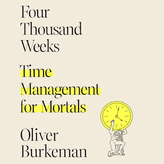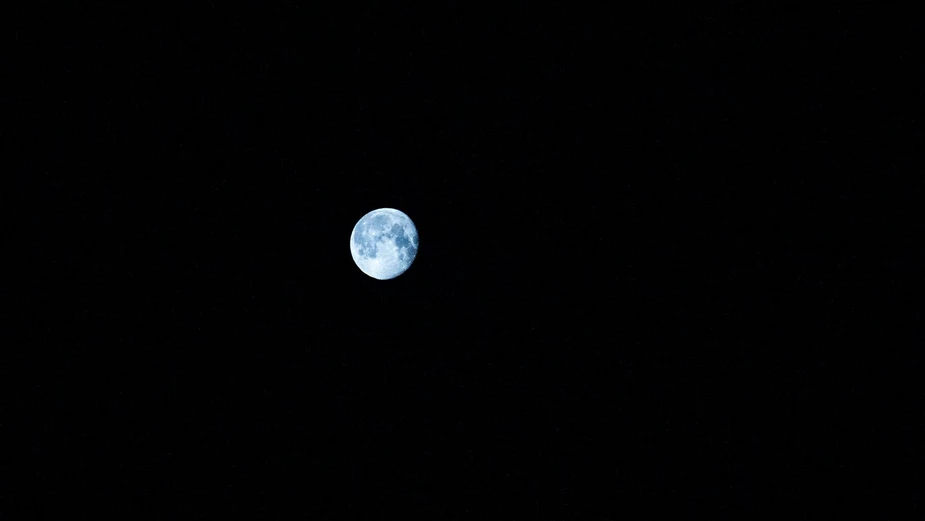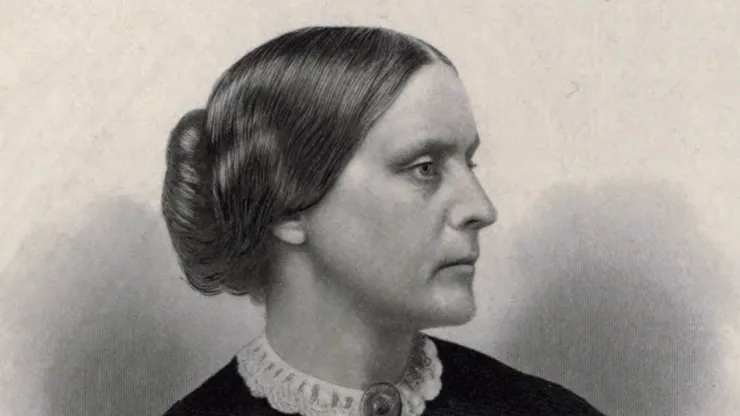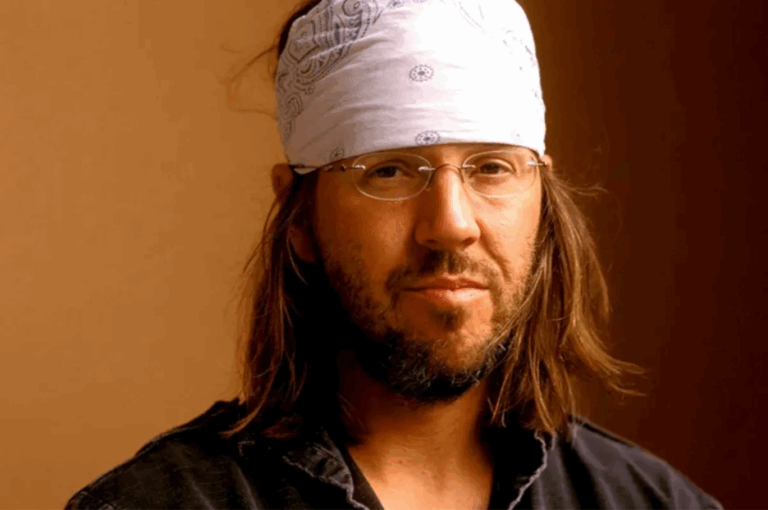Talking Big Ideas.
“Our existence is but a brief crack of light
between two eternities of darkness.”
~ Vladimir Nabakov, Speak, Memory
In the winter of 1990, the astronomer Carl Sagan asked NASA for a favor.
A shuttle called Voyager 1 was in space. It just finished photographing the outer planets and was about to slip beyond the solar system. Sagan asked: Could Voyager 1 please turn and take a final picture of Earth?
NASA said yes. The photograph is haunting.
A tiny dot floating alone in a sunbeam surrounded by the void of space. In a speech inspired by the picture, Sagan said:
That’s home. That’s us. On it everyone you love, everyone you know, everyone you ever heard of, every human being who ever was, lived out their lives . . . on a mote of dust suspended in a sunbeam.
He goes on to talk about the rivers of blood spilled through time from fighting over tiny fractions of the dot. The larger our vantage point, the more pointless the bad stuff seems.
The same is true for each of our lives.
All the hurtful and needless things we do. All the wasteful and trite activities. Why don’t we make better use of our time?
Oliver Burkeman explores this question in his fantastic new book Four Thousand Weeks.

He explains that the average person today will live about 4,000 weeks. Our time is more limited than it seems. How should we spend it? He writes:
The world is bursting with wonder, and yet it’s the rare productivity guru who seems to have considered the possibility that the ultimate point of all our frenetic doing might be to experience more of that wonder . . . we yearn for more meaning, yet rarely get around to doing the meaningful things.
As Burkeman says, there’s no magical time in the future when more than 24 hours will appear in a day. We can start doing what matters most, or we can keep processing the firehose of emails and information coming at us.
The endless stream of to-dos rob us of time to do what we really want. And they often fill us with anxiety and dread. We can take a different path.
Consider the question James Clear asks this week: Six months from now, what will you wish you had spent time on today?
What are the most meaningful things you want to do — and say?
We’ve discussed how we should focus each talk we give on one big idea. The one thing that’s most important to get across.
I also encourage clients to clarify the one thing that’s most important for the year. I call it the Mountaintop.
The bigger the time horizon, the better we see what matters most.
Jim Collins takes it further. He gets his clients to discover their BHAG: A Big, Hairy, Audacious Goal. A distant Mountaintop, perhaps decades in the future. Stephen Covey encourages us to visualize our own funeral and write the ideal eulogy we’d like to hear delivered.
Let’s pull all the way back. And look at our lives the way Voyager 1 looked at Earth before leaving the solar system. How does your life look from this perspective?

That is, what is the one thing that most encapsulates you?
For example, we could look at Socrates in this way and say that he taught us to resist indoctrination. Harriet Tubman risked her life to set people free. Charles Darwin explained natural selection.
Think for yourself. Sacrifice to help others. Life evolves.
What single idea do you want to leave behind, above all else?
Let’s call this your Legacy Idea.
Radio pioneer Earl Nightingale had a popular analogy comparing life to a ship. When a ship’s destination port is known, it’s journey is almost always successful. A ship without a destination wanders aimlessly.
The better we know where we want to go, the better chance we have of getting there. Likewise, the more clear we are about our Legacy Idea, the more it will guide the various speeches and things we say.
The path to success — and peace of mind — is to accept the reality of our limited time. To ruthlessly cut away everything until we get to what matters most. And give that our full attention.
For actions as well as words.
We only get 4,000 weeks on the pale blue dot.
***
![]() IDEA
IDEA
Clarify your Legacy Idea. It will help guide you when you’re in the trenches.
Take three minutes and listen to Carl Sagan’s brilliant speech Pale Blue Dot. Then brainstorm for a moment, what are a few insights that could potentially be my Legacy Idea?
***
We drove from Bozeman to Durango last weekend.
The 14-hour trip can be done in a long day. Maryrose suggested we take three. We stopped in Utah and relaxed in a pool with our dear friends Marc and Sophia. We camped out in our tent along mountain streams we’d never seen.
In the mornings we made coffee and hiked through the canyons. In the evenings we sat outside and watched the sky turn to stars. We shouted together in excitement as a meteor from the Perseids burned across the night sky.
On the third day, as we drove through the stunning red rocks outside Moab, I had flashbacks to a trip my buddies and I took there long ago. We climbed to the top of the Castleton Tower.* We promised each other we’d return soon. 615 weeks later — a sixth of a lifetime — we still haven’t.


How many more times will I actually climb these rocks? I wondered. Cat Stevens showed up on our playlist. A song I’d heard a hundred times before, yet felt new and serendipitous:
What will you leave us… You’re only dancing on this earth for a short while…. And though you want to last forever, you know you never will… And the goodbye makes the journey harder still.
What will you leave us?
*I dug up a couple old clips of us climbing the Castleton Tower. It was a little windier than I remember!
If you find this useful, please subscribe to our free weekly newsletter.




